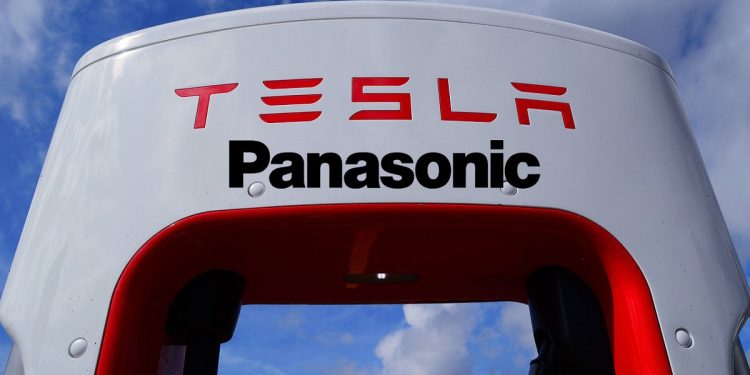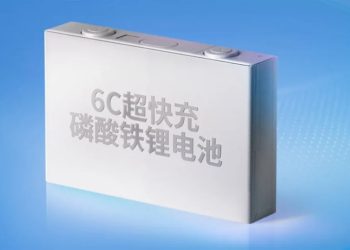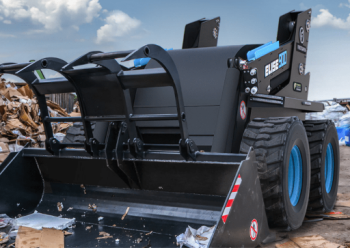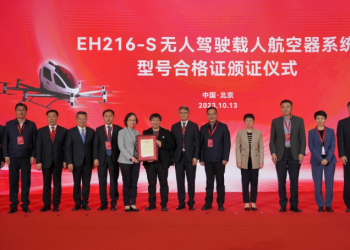One of the leading companies in electronic equipment production also has a less publicized role within the automotive industry. It is Panasonic, which is using all its technological capacity to manufacture EV batteries, thus joining the race for electromobility.
The company is specifically working on supplying these materials to Tesla vehicles, one of the manufacturers leading the electrified car market. In this regard, Panasonic recently announced in a breakthrough that it is seeking to increase the energy density of its batteries by 20% by 2030.
The area in charge of that development is Panasonic Energy, a central unit of Panasonic Holdings, which is looking for a battery that uses a new combination of additives to allow individual cells to operate at a higher voltage without damaging their performance.
Read also: “Power Day: NIO Presents Important Innovations Related to its Electromobility Commitment
This 20% increase in battery energy density would translate into a 900 Wh/l output for the future generation of components, compared to 750 Wh/l for those currently made
Panasonic’s current battery cell for Tesla uses a voltage of 4.2 volts, but, according to the company’s Chief Technology Officer Shoichiro Watanabe, an increase to 4.3 or 4.4 volts is possible with that new blend of electrolyte additives.
During an interview for Reuters news agency, Watanabe explained that if that gain is achieved, it would increase the driving range of a Model Y by more than 100 km with a battery pack of the same size.
Better Performance and Lower Cost
The CTO further noted that they expect a new larger-format 4680 battery, which Tesla is already producing, to reduce production costs and improve range compared to the current-generation 2170 battery.
Another benefit of these superior batteries is that they could allow manufacturers to build cars that are lighter in weight and more spacious, while keeping driving range unchanged.
Panasonic’s research to optimize batteries is not limited to these advances. Among the studies carried out by the Japanese multinational are also in the search to prevent the so-called “micro-cracks” that develop in the positive electrode when the battery is continuously charged and discharged, which ends up drastically shortening its useful life.



















